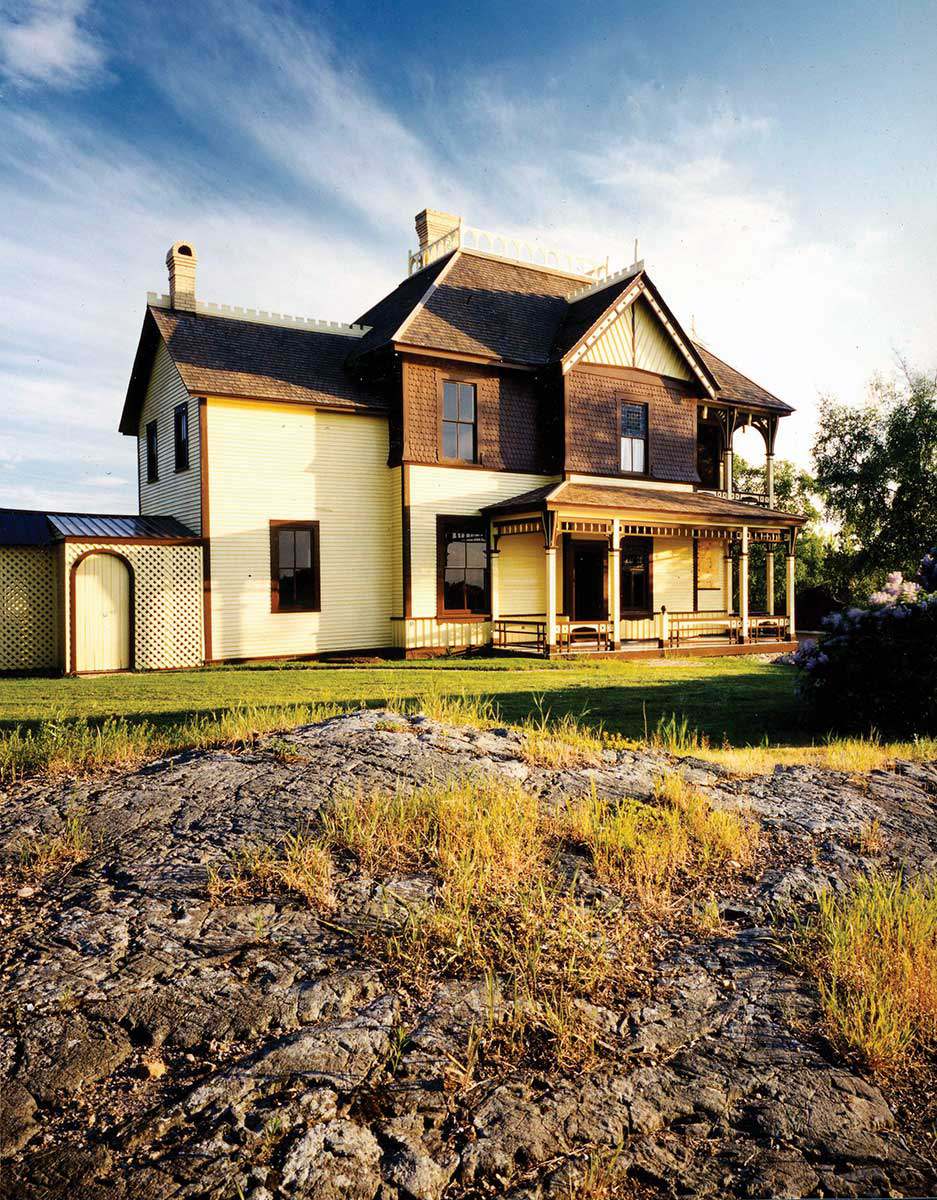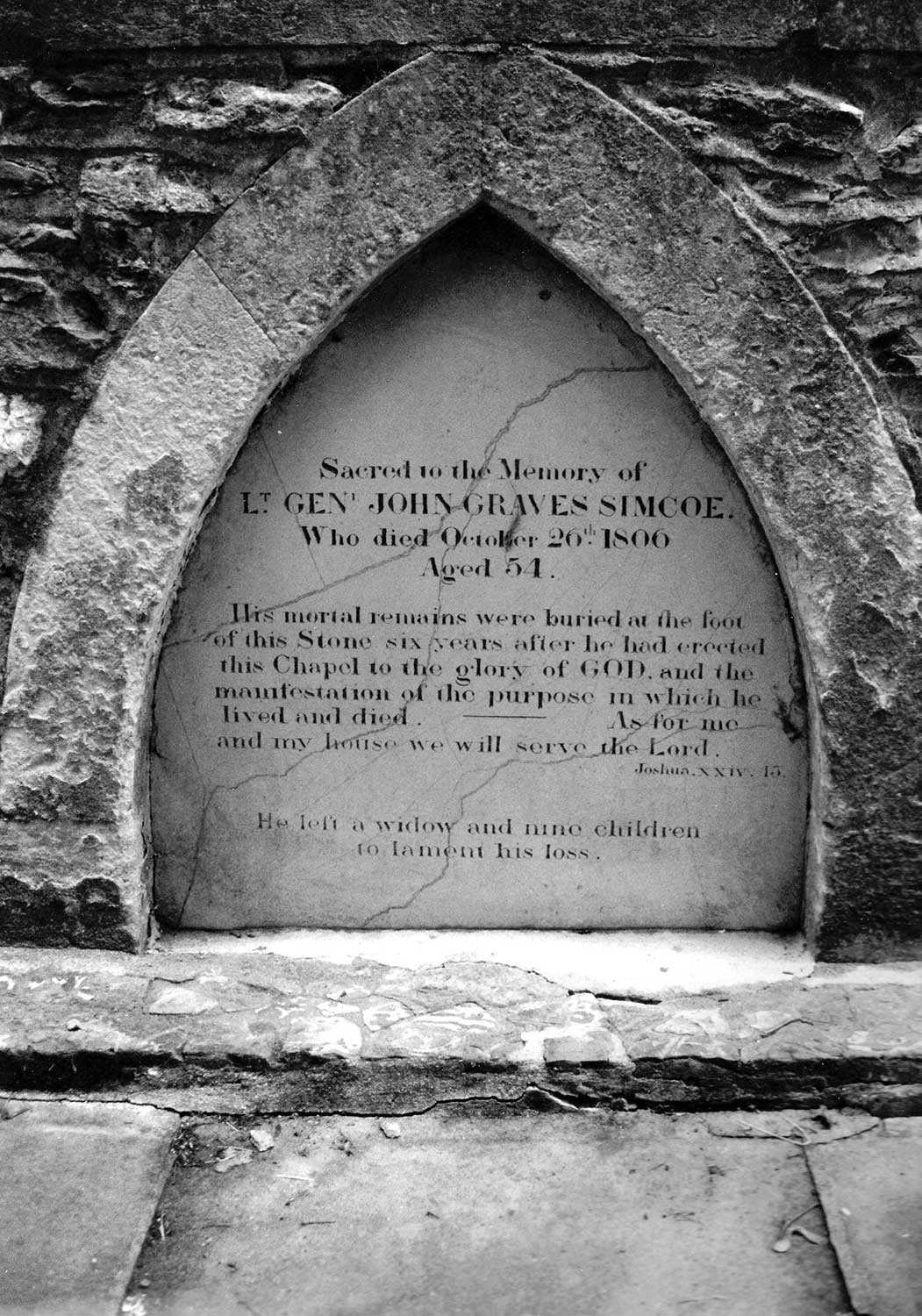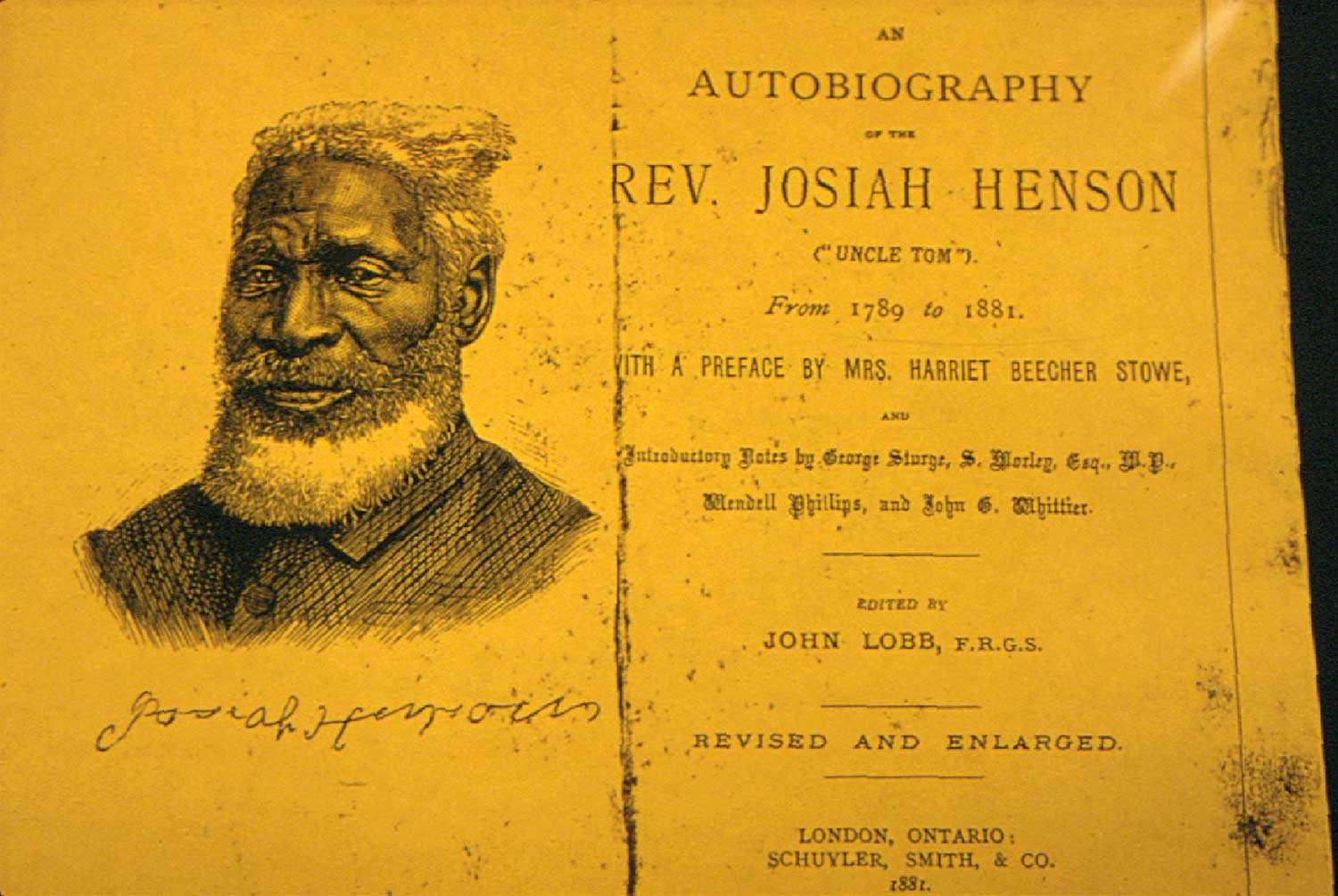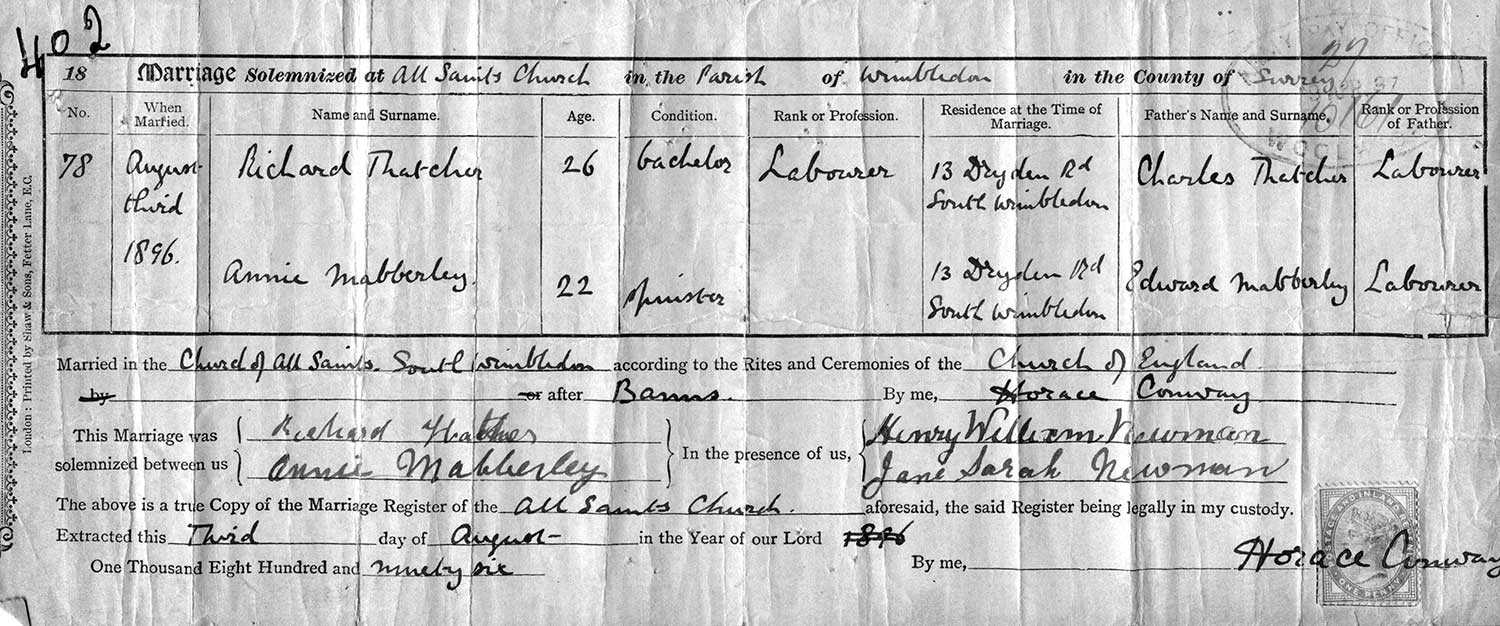

Browse by category
- Adaptive reuse
- Archaeology
- Arts and creativity
- Black heritage
- Buildings and architecture
- Communication
- Community
- Cultural landscapes
- Cultural objects
- Design
- Economics of heritage
- Environment
- Expanding the narrative
- Food
- Francophone heritage
- Indigenous heritage
- Intangible heritage
- Medical heritage
- Military heritage
- MyOntario
- Natural heritage
- Sport heritage
- Tools for conservation
- Women's heritage
Our porcelain past
Fulford Place in Brockville was the residence of Senator George T. Fulford – an important businessman, politician and philanthropist. When completed in 1901, the house and grounds provided an expansive and gracious setting for entertaining; Fulford’s wealth and status was reflected in his home. Today, the rooms on the main level remain virtually the same as they did when Fulford and his wife Mary lived in the house prior to his death in 1905.
The drawing room, decorated in the Rococo Revival style, was furnished with pieces purchased during the Fulfords’ overseas trips or acquired from well-known firms. The importance of the surviving interior furnishings is one of the reasons Fulford Place was designated a National Historic Site.
The porcelain vases, displayed in the drawing room, are examples of this impressive collection. The large green vases are over two feet tall and sit on a metal base with a brass ormolu (gilt bronze) rim and arms. White reserve panels on the front and back of each vase are elaborately hand-painted. Similar bouquets of flowers in vibrant hues of orange, pink, yellow, lavender and purple decorate one side of each vase. On the other side are lavish landscape scenes. The vases, which may be Sèvres, have been dated to c. 1900.
These vases – and many other fine ceramics – are on display at Fulford Place. For more information on the site and its hours of operation, visit www.heritagetrust.on.ca or call 613-498-3003.


















